The ancient Frankincense Trail of Oman remains one of history’s most evocative trade routes, a winding path through deserts and mountains that connected the Arabian Peninsula to the distant markets of the Mediterranean, Mesopotamia, and beyond. For over a thousand years, caravans laden with precious resin traversed this harsh landscape, driven by the insatiable demand for the "scent of the gods." The story of this trade is not merely one of commerce but of cultural exchange, survival, and the enduring allure of a commodity that shaped civilizations.
The journey began in the rugged Dhofar region of southern Oman, where the Boswellia sacra tree thrived in the arid climate. Harvesting frankincense was—and still is—a delicate art. Incisions made in the bark allowed the milky sap to bleed out, hardening into golden tears prized for their purity and fragrance. These resin droplets were gathered by tribes who had mastered the secrets of extraction, passing down techniques through generations. The finest grades were reserved for temples and royal courts, while lesser qualities found their way into everyday use as medicine, perfume, and even embalming agents.
From Dhofar, the frankincense was transported northward by camel caravans, a treacherous undertaking across the Empty Quarter’s shifting sands. The desert was both adversary and ally—its vastness deterred raiders, yet its merciless conditions claimed countless lives. Caravan leaders relied on celestial navigation and an intimate knowledge of hidden wells to guide their way. Rest stops like Shisr, believed by some to be the fabled lost city of Ubar, served as vital oases where traders exchanged news, replenished supplies, and sought shelter from sandstorms.
The trade’s zenith coincided with the rise of great empires hungry for luxury goods. The Egyptians used frankincense in religious rituals and the mummification process, while Babylonians burned it in their ziggurats. By the time of the Roman Empire, demand had reached such heights that Pliny the Elder lamented the drain on imperial coffers—Arabian traders, he grumbled, charged exorbitant prices for what was essentially tree sap. This commerce enriched cities along the route, including Petra, Palmyra, and Gaza, which thrived as middlemen in the global spice network.
What made the Frankincense Trail remarkable was its role as a conduit for more than just goods. Ideas traveled with the caravans: religious beliefs, artistic motifs, and technological innovations spread between cultures. The trail became a silent witness to the birth of monotheism, the rise and fall of dynasties, and the ebb and flow of economic power. Even after maritime routes diminished its importance, the legacy of those who walked it endured in architecture, language, and the very DNA of the regions it connected.
Today, UNESCO recognizes the Land of Frankincense—encompassing the groves of Wadi Dawkah, the ruins of Sumhuram, and the ports of Khor Rori—as a World Heritage Site. Modern visitors can still catch whispers of the past: the resin’s citrus-pine aroma lingering in Dhofar’s markets, the ruins of caravanserais standing sentinel in the desert, and the descendants of the Bedouin traders who continue to harvest frankincense much as their ancestors did. The trail’s story is a testament to humanity’s relentless pursuit of beauty and connection across the most unforgiving landscapes.
The next time you encounter the scent of frankincense in a church or luxury perfume, consider the improbable journey behind it. Those tiny tears of resin carry within them the sweat of nomadic herders, the ambitions of kings, and the resilience of a trade route that outlasted empires. The Frankincense Trail reminds us that even in our hyperconnected age, there remains something profoundly moving about the slow, deliberate exchange of treasures across the earth.
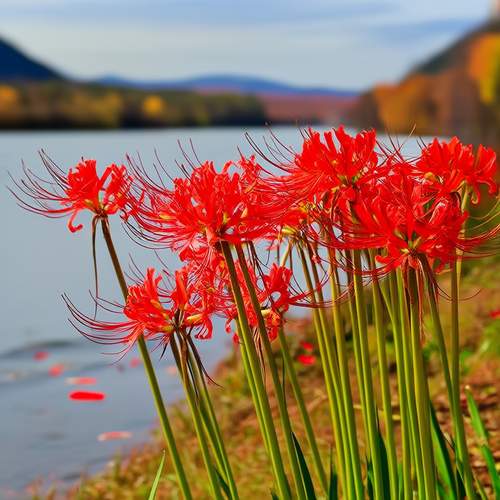
By /May 21, 2025
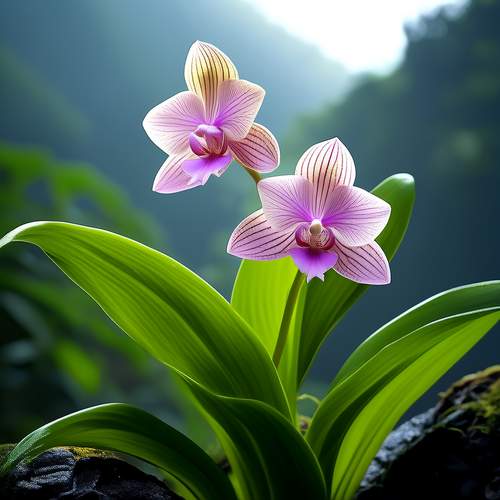
By /May 21, 2025
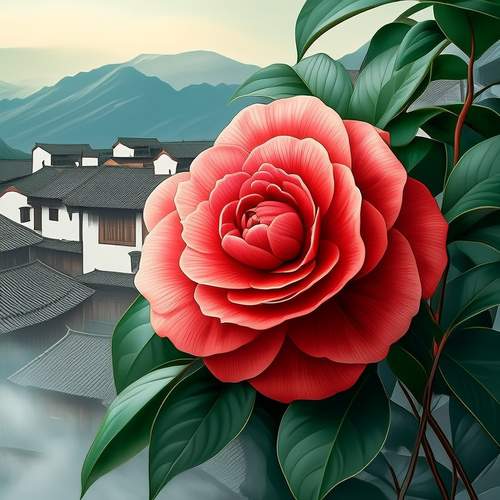
By /May 21, 2025
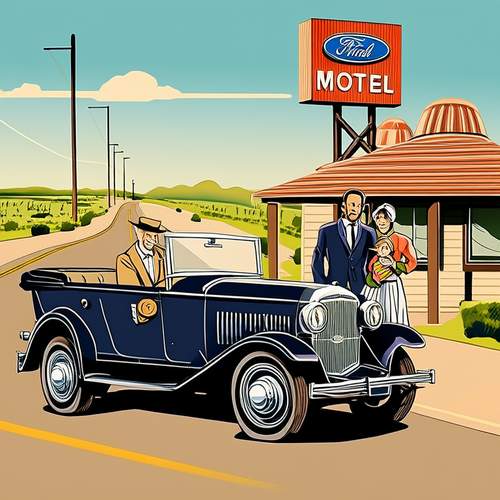
By Benjamin Evans/May 20, 2025
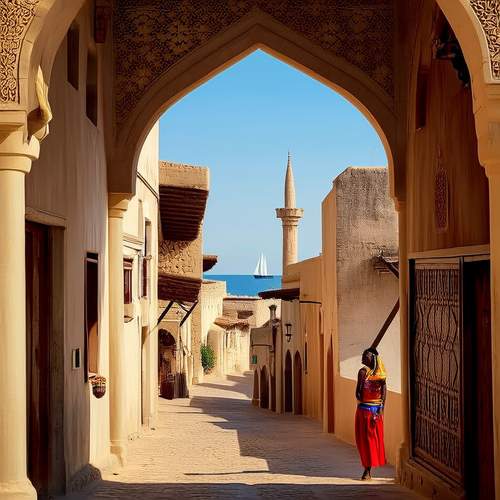
By /May 11, 2025
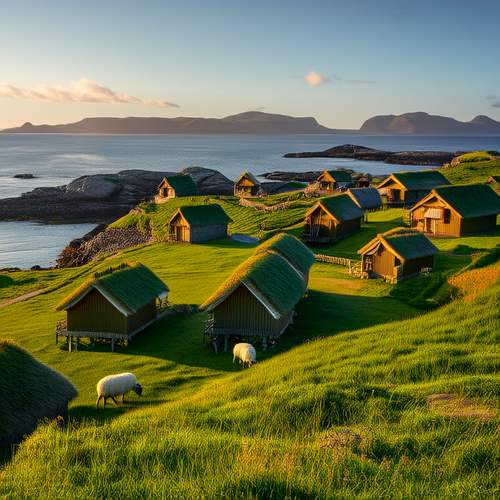
By /May 11, 2025
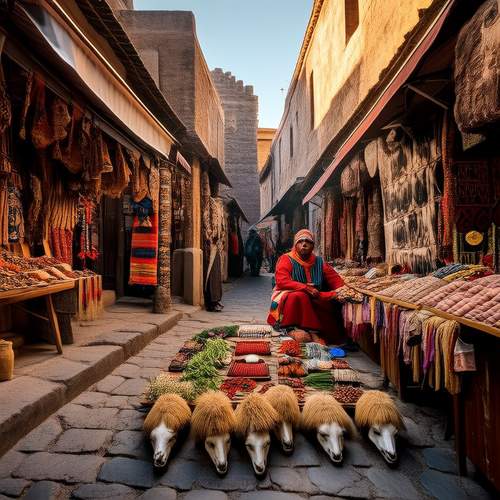
By /May 11, 2025
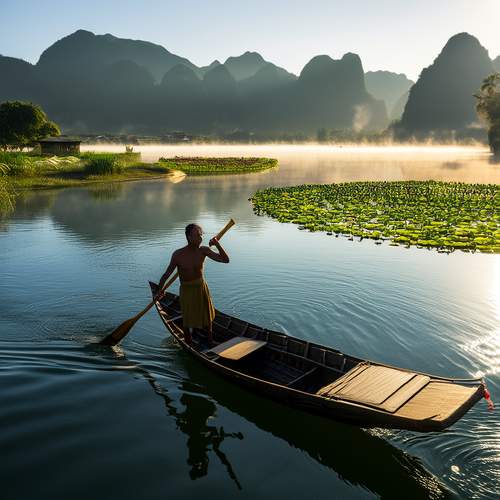
By /May 11, 2025
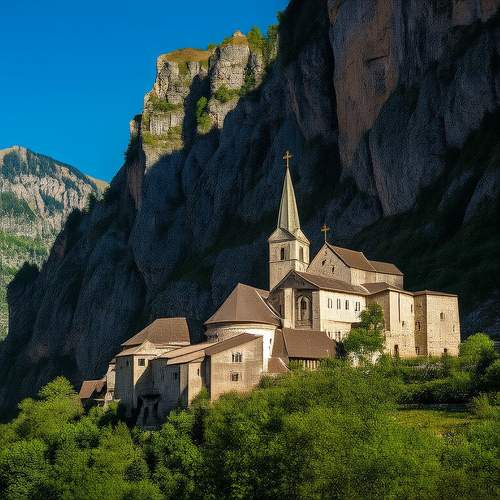
By /May 11, 2025
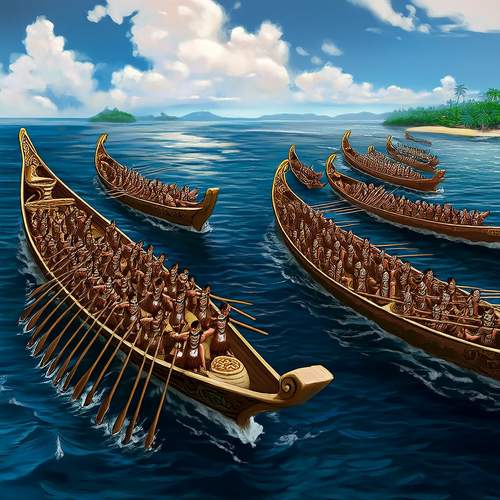
By /May 11, 2025
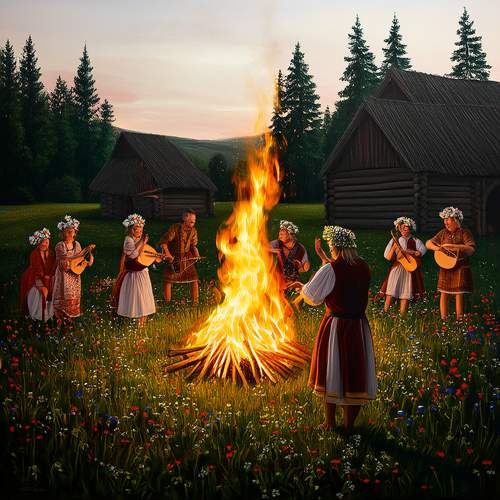
By /May 11, 2025
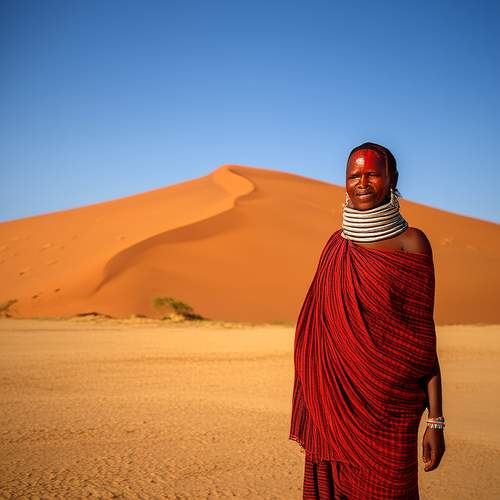
By /May 11, 2025
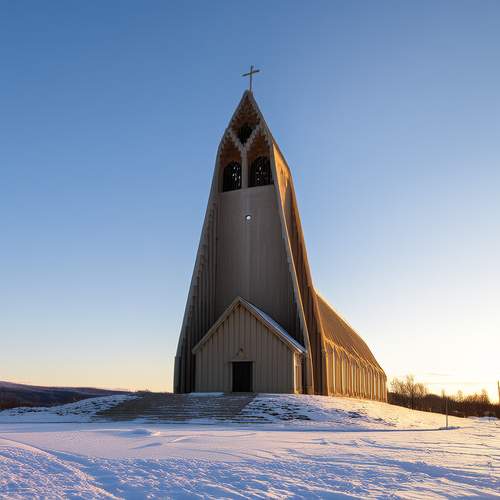
By /May 11, 2025
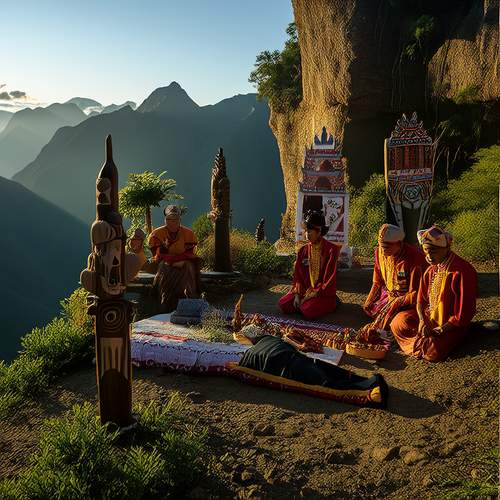
By /May 11, 2025
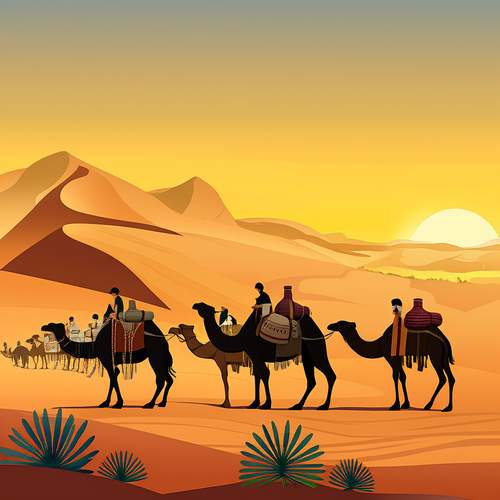
By /May 11, 2025
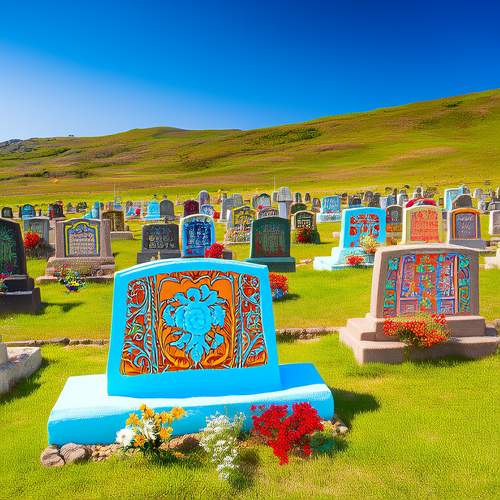
By /May 11, 2025
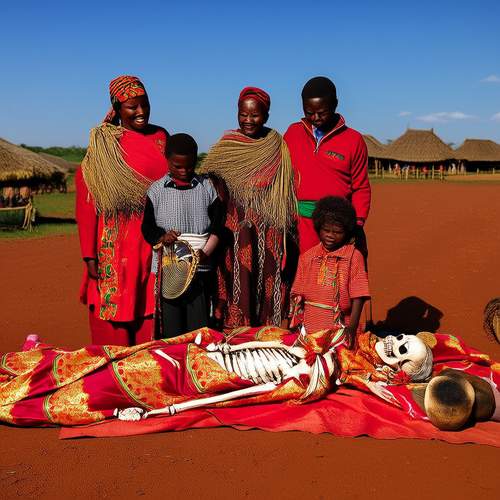
By /May 11, 2025

By /May 11, 2025
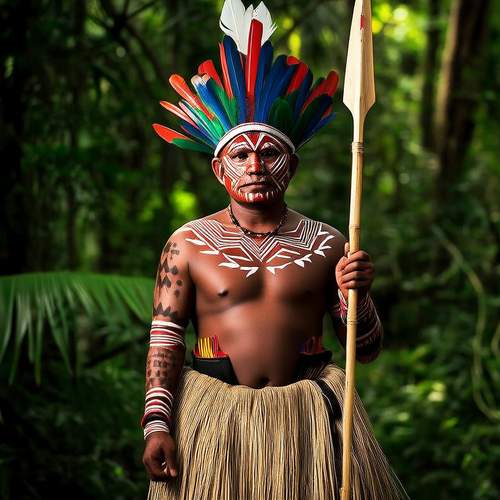
By /May 11, 2025
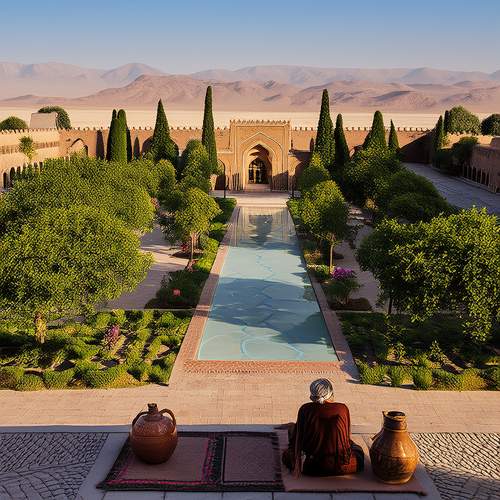
By /May 11, 2025